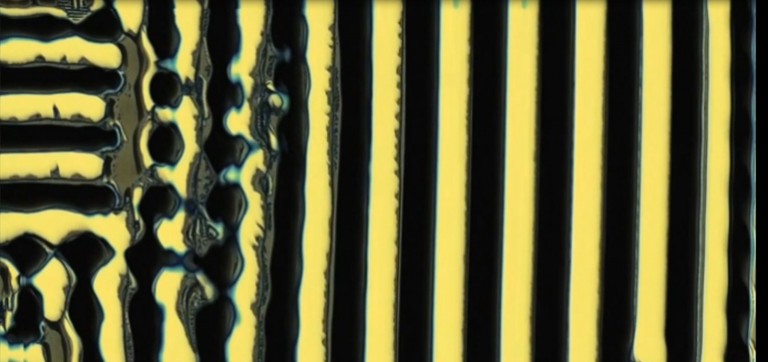Our odyssey continues both in the water, on the Falkor traveling the Pacific, and on land in Florida and Italy. Actually there are two odysseys occurring: Leslie on the ship as a photographic artist and Tez, Gary, and myself as algorithmic artists.
What is algorithmic art?
Algorithmic art is created by a series of step-by-step instructions contained within a formula of some sort. A machine program, such as PLASM, is built from a set of algorithms, so PLASM can be considered the actual “artist”. Roman Verostko an American artist and colleague of Jean Pierre Herbert in 2011 coined the term “algorist” to describe artists who take part in algorithmic art. We on shore side can be considered the “algorists”.

PLASM artist
The PLASM “artist” is a set of rules for accomplishing a task, in this case for generating a changing pattern. So these patterns, or art, are created out of algorithms. Some people are familiar with fractal art and that is another prime example. In our case, the algorithms are derived from Turing reaction equations and implemented in code. Artist TeZ developed the original computational system. Once the PLASM code is set into operation, fascinating patterns are generated from the computational process. The video is a never repeating pattern that at times can be sparse and looks like scattered droplets or islands, and then can shift into swirling circulations of fronts, eddies and masses, like the ocean circulation imagery you see from ocean models. It is very interesting to compare the reactions, diffusions, and transports that happen within PLASM and what happens in the real oceans. You can view the output of PLASM in this video.
Building art
This is stage one of our process, enabling PLASM to build the “seed” patterns. Keep in mind this is where the science begins to inform the art. As this type of algorithmic art moves forward, the art community may have to think about what it means when colleagues use computer programs to generate compelling images. I am interested in this type of art, exploring both artificial intelligence and creativity.
The team is also working with the XPRIZE pH sensor data now to create spatial color images from the actual pH measurements from the Falkor transects. This will be our second stage of digital processing – these will be posted next. From there we will start to join the pH data, which represents nature’s patterns and randomness with that of the “PLASM-artist”. We look forward to see what comes out of that mash-up…stay tuned.
